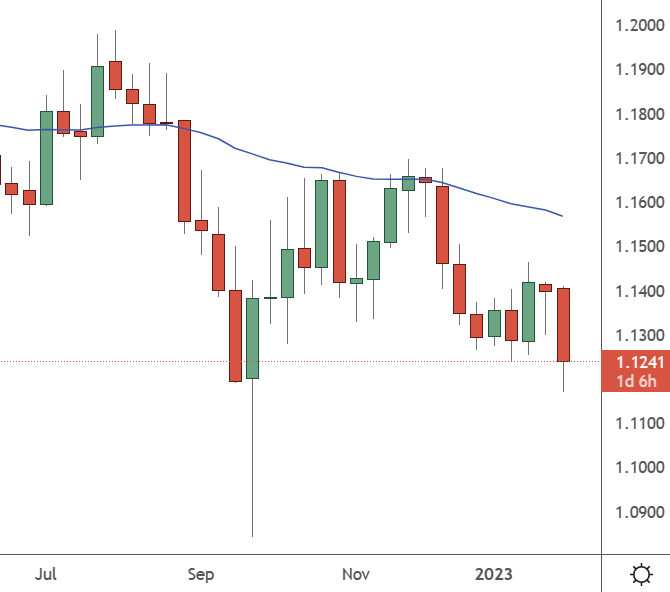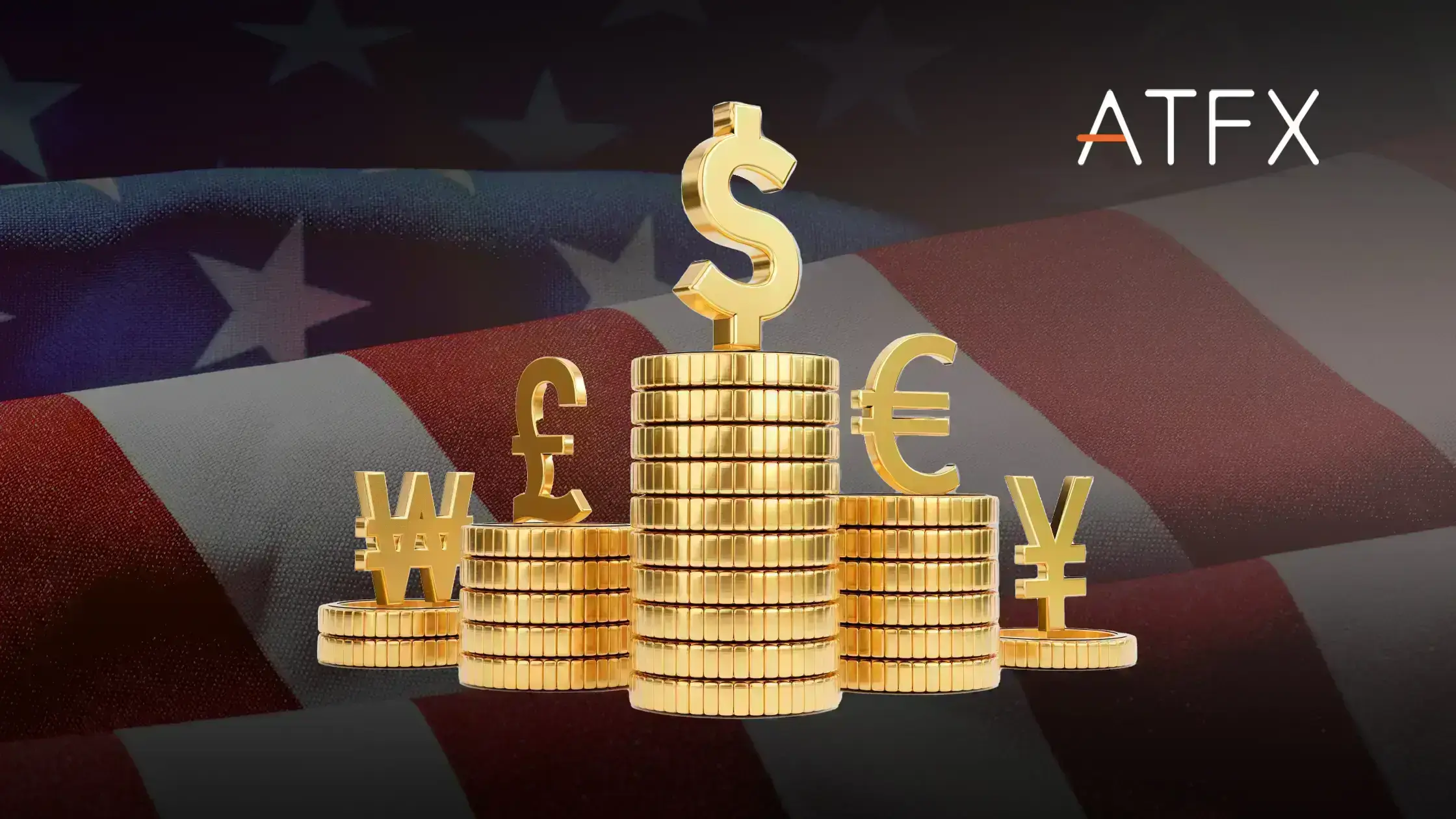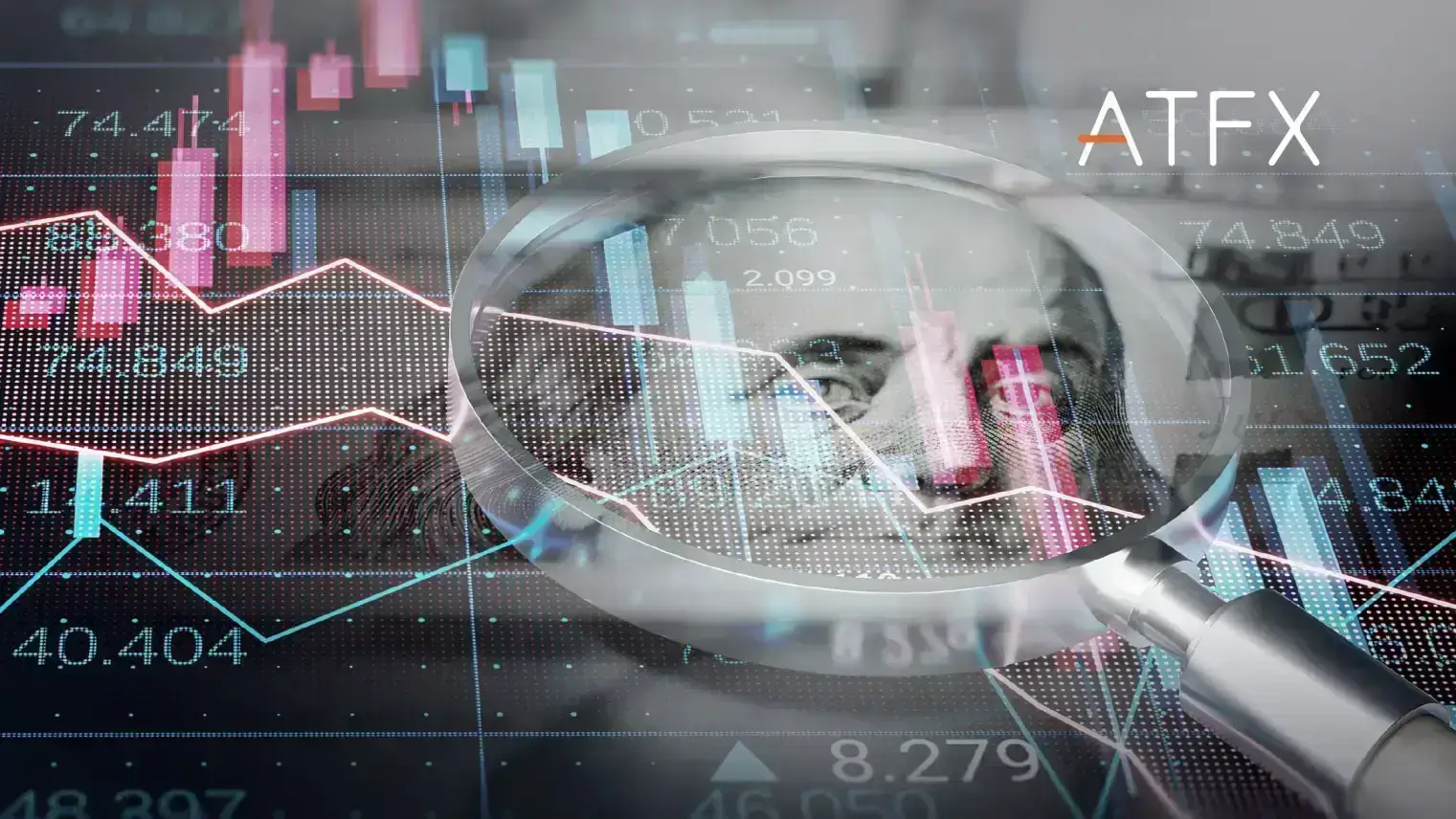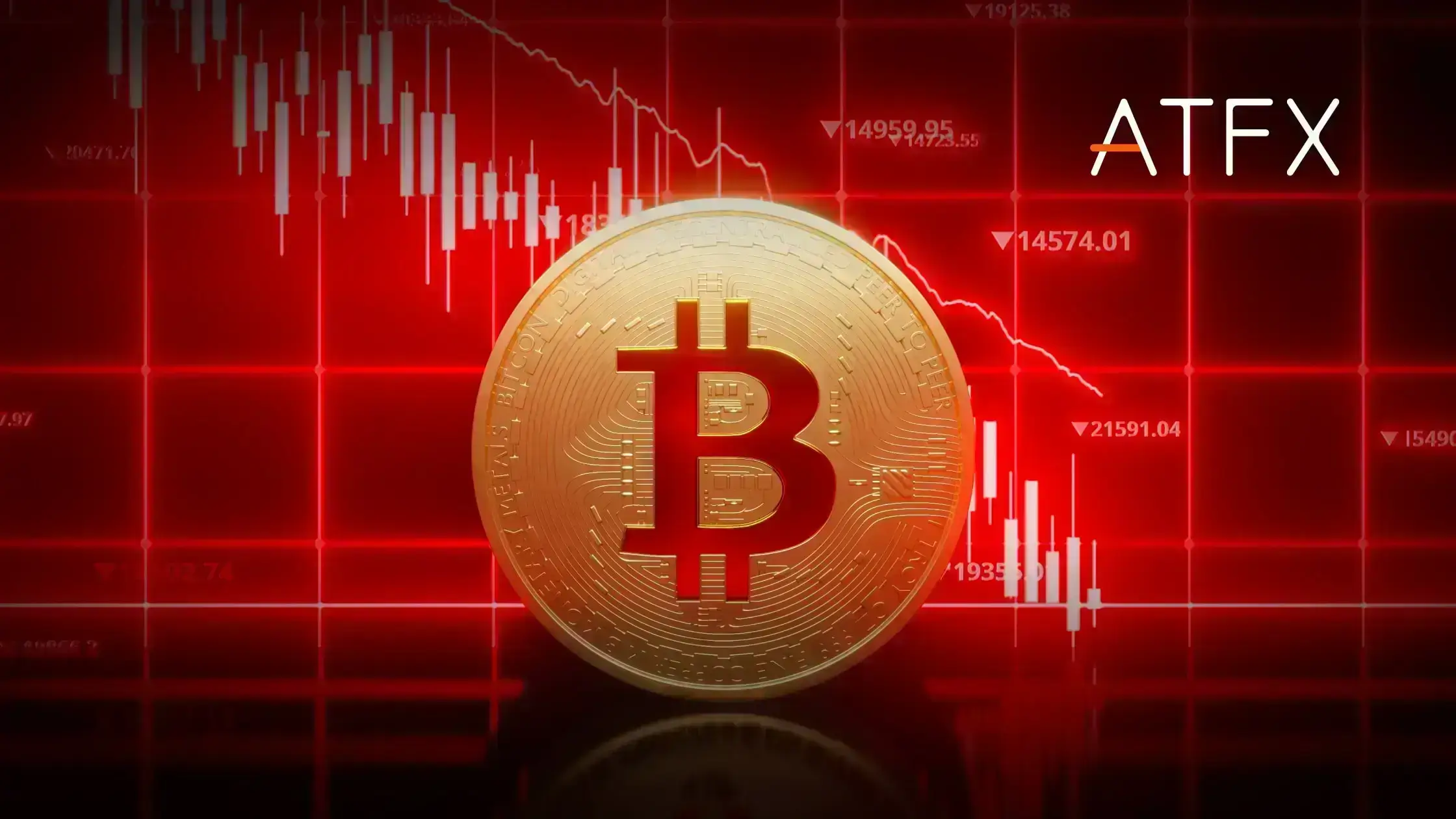GBPUSD was lower after the Bank of England raised its interest rate by 50 bps to 4% but signalled that a peak may be near.
With the country expected to perform worse out of the developed nations, the UK’s currency is on the back foot without further rate hikes.
GBPUSD – Weekly Chart

On the weekly chart, the British pound is now treading water toward the lows in September, culminating with the ill-fated Truss economic plan and BoE intervention. Traders can play the downside but beware of any support that holds.
The Bank of England raised its interest rate for the 10th time on Thursday but dropped a previous statement that they would continue “forcefully” if needed. The bank added that inflation had likely peaked and softened their forecasts for a recession this year. Despite a dovish Federal Reserve on Wednesday, that was not enough to support the pound sterling versus the US dollar. The BoE’s monetary policy team voted 7-2 in favour of the rate increase to 4.0%, the highest since 2008.
The UK central bank’s Monetary Policy Committee (MPC) said further interest rate hikes would hinge on evidence of more persistent price pressures appearing.”
Since the November monetary policy report, we’ve seen the first signs that inflation has turned the corner,” Governor Andrew Bailey said in a speech following the rate hike. “But it’s too soon to declare victory just yet. Inflationary pressures are still there.”
His comments echoed those of Fed Chair Jerome Powell a day earlier, where he said that it was “premature” to declare the fight against inflation to be over. The Federal Reserve raised rates by 25 basis points, as was widely expected. Still, Powell was seen as dovish in the press conference.


